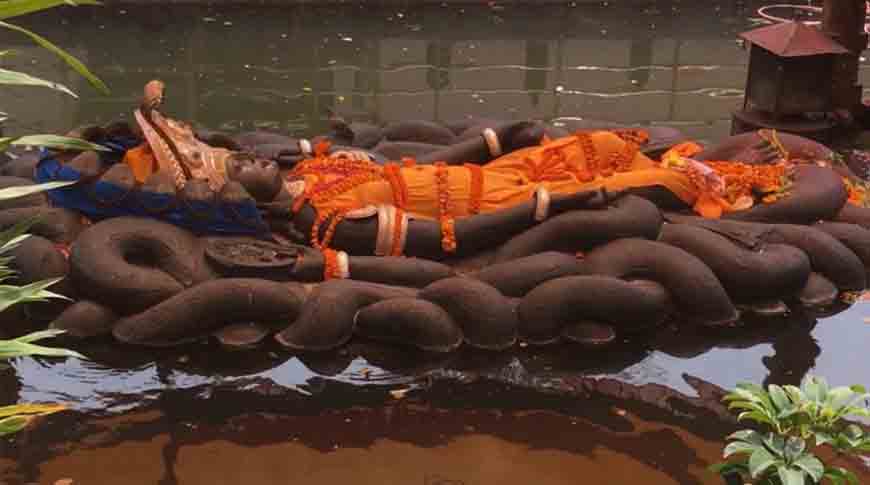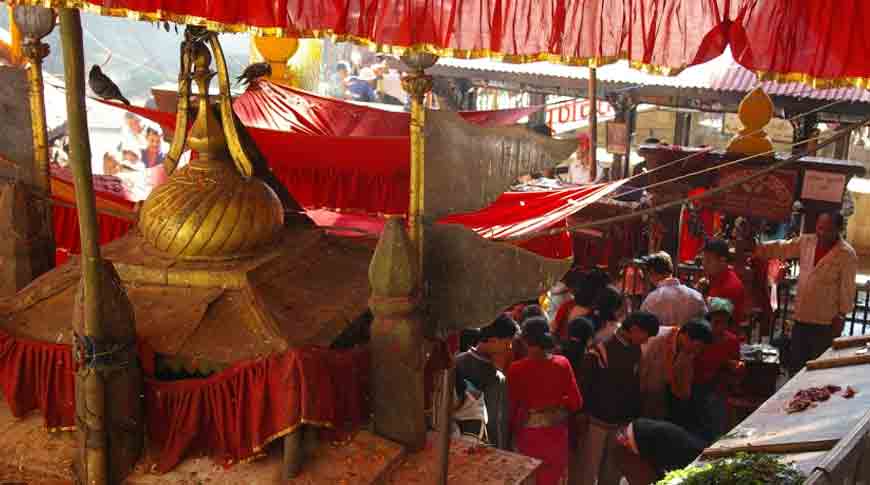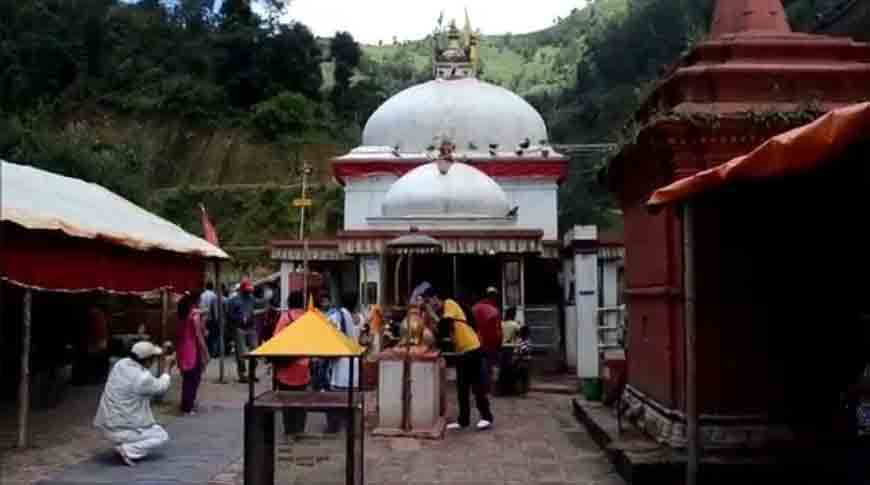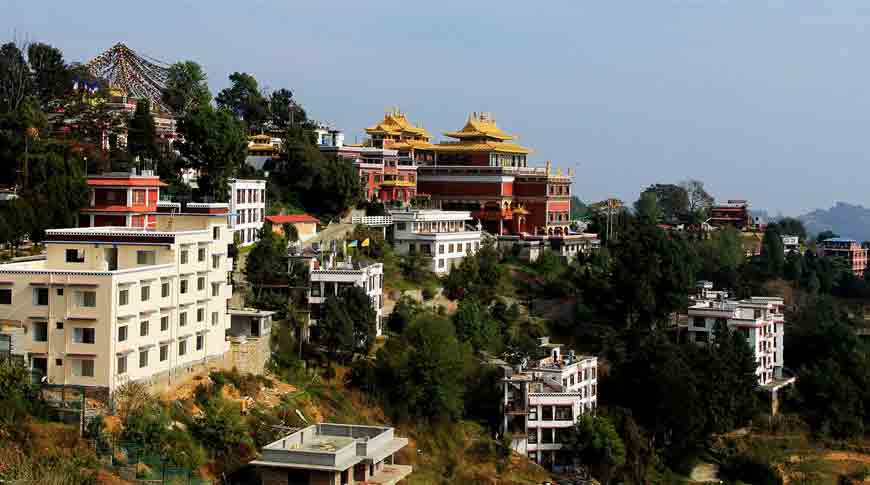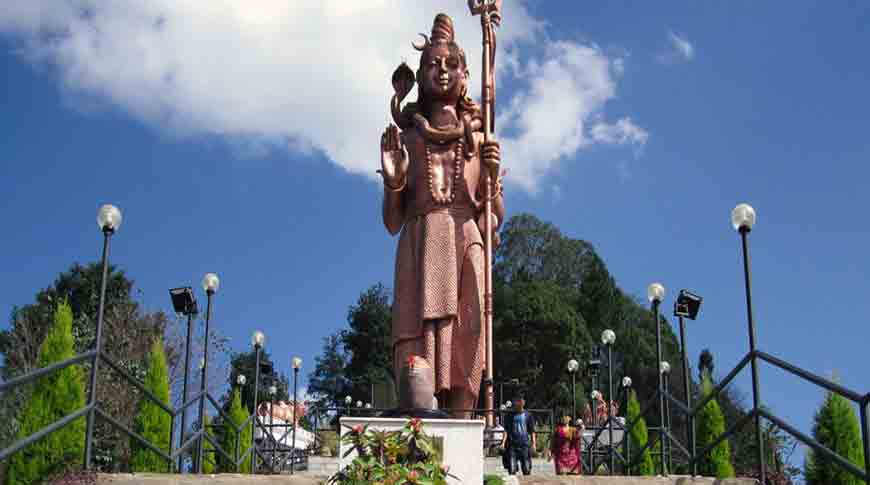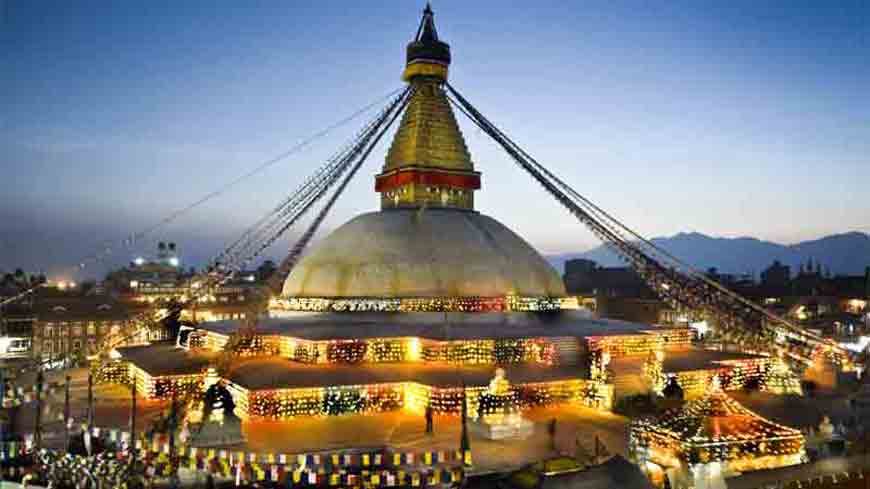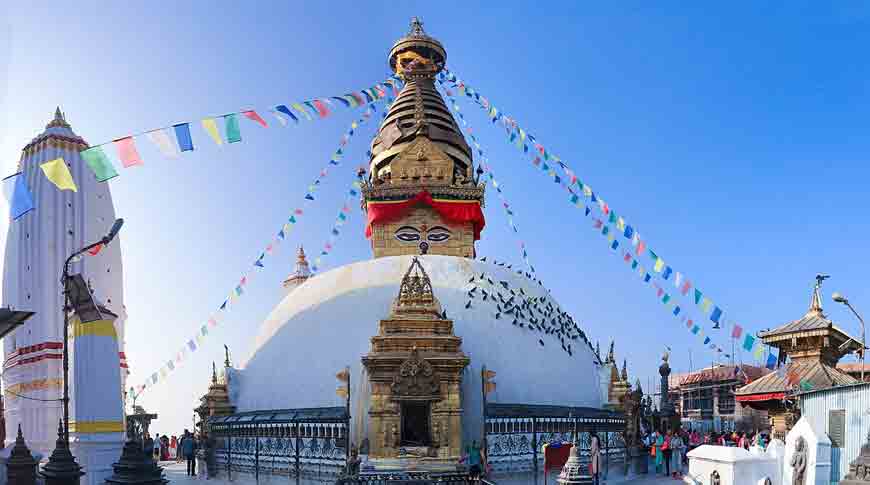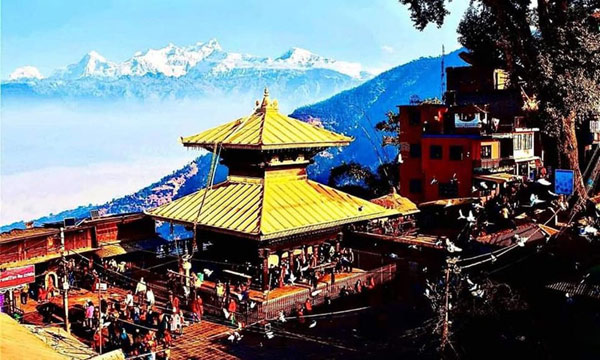Pashupatinath DARSHAN
The magnificent temple of Lord Pashupatinath about 5 kms north-east of Kathmandu, is situated amidst many other temples on the right bank of the river Bagmati. Pashupathinath is the guardian spirit and the holiest of all Shiva shrines in Nepal. Lord Shiva is known by many different names; and Pashupati is one. Pashu means leaving beings, and Pati means master. In other words Pashupati is the master of all living beings of the universe. This is how lord Pashupati is eulogized in the Vedas, Upnisada and ohter religious books.
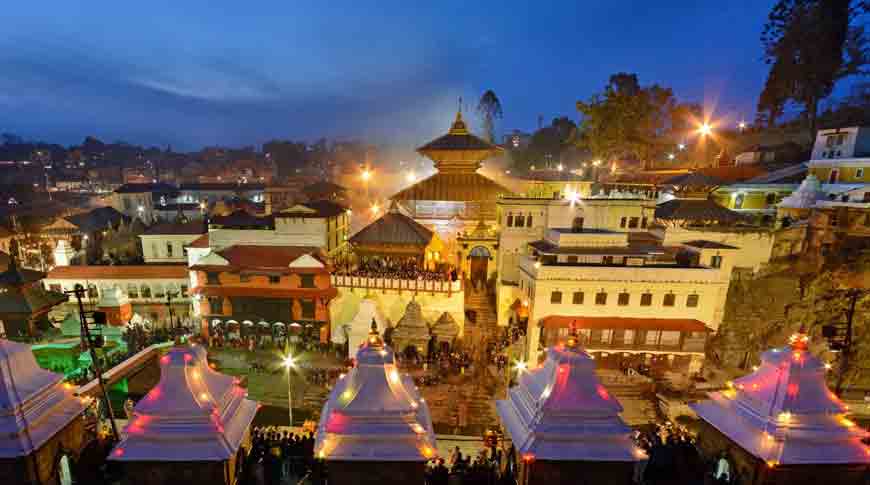
Legends are numerous as to how the temple of Lord Pashupatinath came to existence here. As stated in chronicles, the image of Lord Shiva in the form of Jyotirlinga was covered with earth over the years, and soft green grass sprouted over it. Further, as the legend goes, a cow used to come here mysteriously every day and offer her milk to this holy but hidden Linga of Lord Shiva. When the Gwala (owner) saw that the cow had stopped giving milk since the last few days he started keeping eye on her; and finally came across the place where the cow used to offer her milk. With a natural curiosity to know the importance of the place, where his cow used to make offering of her milk, the gwala dug the place and found the Jyotirlinga of Lord Shiva. After this number of gwalas gathered to worship this Linga according to religious conformity, starting the tradition of worshipping this Linga. As the time passed Lord Pashupatinath started gaining more and more popularity and reverence of the devotees as a guardian spirit and gradually the temple of Lord Pashupatinath became a great place of pilgrimage. The rulers of Nepal, over centuries made contributions in enriching and beautifying this holy temple. According to Gopalraj Vamsavali, the oldest ever chronicle in Nepal, this temple was built by Supus Padeva, a Linchchhavi King who according to the stone inscription erected by Jayadeva 11 in the courtyard of Pashupatinath in 753 AD happened to be the ruler 39 generation before Manadeva (464-505 AD). Yet, there is another chronicle which states that this temple was in the form of Linga shaped Devalaya before Supus Padeva constructed a five storey temple of Pashupatinath in this place. As the time passed, the need for reparing and renovating this temple arose. It is learnt that this temple was reconsturcted by a mediaeval King named Shivadeva (1099-1126 AD). It was renovated by Ananta Malla adding a roof to it.
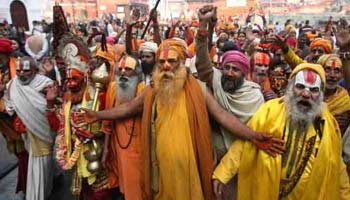 Maha Shivaratri Festival at Pashupatinath
Maha Shivaratri Festival at PashupatinathAs described in the history, this temple was attacked and badly destroyed by Sultan Samsuddin of Bengal in the mid 14th Century. This plunder caused so much damage to the temple that it needed reconstruction. It was only after ten years, in 1360 AD, that it could be reconstructed and renovated by Javasimha Ramvardhana. Another renovation work here after was taken up by Jyoti Malla in 1416 AD. The present architectural nature of Pashupatinath temple came into existence as a result of renovation by queen Gangadevi during the reign of Shivasimha Malla (1578-1620 AD). The temple of Lord Pashupatinath stands in the middle of an open courtyard. It is a square shaped pagoda temple built on single platform measuring 23.6 meters from the ground. There are gold gilt doors on all the four sides of the temple. Inside the temple there is a narrow walk engulfing the sanctum from where one can have closer view of Shivalinga.
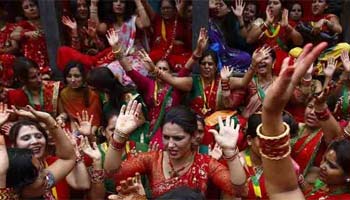 Teez Festival at Pashupatinath Temple
Teez Festival at Pashupatinath TempleOn the both sides of each door of the temple there are artistic niche of different sizes containing attractiv images of Apsara, Ashtha Bhairava and other gods and goddesses. These images and niches, painted with gold enhance the grandeur of the temple. The latticed windows below the roof are another elements of attraction. The struts supporting the roofs and depicting the image of different postures are equally alluring. The gold gilt images of birds in flying posture in all the four corners of the roof and the winged images of lion, griffin, Ajarapurusa and Mahanaga on the struts in all the corners of the temple gies soaring beauty to the temple. On the upper part of the struts supporting the lower roof, the images of moon, sun and a Purna-Kalasha are carved out. This Purna Kalasha is worshiped as a symbol of Guheshwori. In the sanctum of the temple, there is a very attractive, about three feet high Shivalinga with four faces. All these faces have different names and significance. The face facing east is known as Tatpurusha and the one facing south as Aghora. Similarly, the faces looking west and north are known by the name Sadhyojata and Vamadeva respectively. The upper portion of this linga is known as Ishan. These faces are also defined as the symbol of four dharmas (the most famous places of pilgrimage for Hindus) and four Vedas (sacred books of Hindus). The images of Vishnu, Surya, Devi and Ganesh are also placed in the sanctum of the temple.
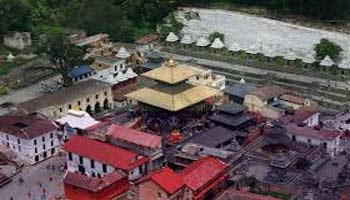 Ekadashi Festival at Pashupatinath - Kathmandu
Ekadashi Festival at Pashupatinath - KathmanduPashupati area is regarded as one of the most important places of pilgrimages for the followeres of Hinduism. Thousands of devotees from within and outside the country come to pay homage to Pashupatinath every day. And on special occasions like Ekadasi, Sankranti, Mahashivratri, Teej Akshaya, Rakshabandhan, Grahana (eclipse), Poornima (Full moon day) people congregate here in far greater number. Pashupati area is also included in the list of world cultural heritage.
How to go Pashupatinath Temple?
Destination: KathmanduDistance: 4 km from main city and 1 km from Kathmandu Airport
Driving Time: Approx. 20 min
Transportation: Local Bus / Private Vehicle
Travel Route: Kathmandu - Gaushala - Tilganga
Duration: Half Day Sightseeing (3hrs) Daily Rituals at Pashupatinath
4:00 am: West gate opens for visitors.
8:30 am: After arrival of Pujaris, the idols of the Lord are bathed and cleaned, clothes and jewelry are changed for the day.
9:30 am: Baal Bhog or breakfast is offered to the Lord.
10:00 am: Then people who want to do Puja are welcomed to do so. It is also called Farmayishi Puja, whereby people tell the Pujari to carry out a special Puja for their specified reasons. The Puja continues till 1:45 pm in the afternoon.
1:50 pm: Lunch is offered to the Lord in the main Pashupati Temple.
2:00 pm: Morning prayers end.
5:15 pm: The evening Aarati at the main Pashupati Temple begins.
6:00 pm onward: Recently the Bagmati Ganga Aarati; done by the shores of Bagmati, has been gaining lots of popularity. We can see the shores of Bagmati crowded mostly on Saturdays, Mondays and on special occasions. Ganga Aarati along with Shiva’s Tandava Bhajan, written by Ravana, is carried out on evening Ganga Aarati.
7:00 pm: Door is closed. Pashupati Ganga Aarati Evening
MAJOR FESTIVAL
1. MAHA SHIVA RATRI
2. TEEZ FESTIVAL
3. EKADASHI PURNIMA Sightseeing: HALF DAY | 3 HOURS
1. Tour By Car & Max 3 Pax Group | Rs 2500/-
2. Tour By Jeep & Max 6 Pax Group | Rs 3500/-
3. Tour By Hiace & Max 14 Pax Group | Rs 4500/-
4. Tour By Coaster or Bus (22 Seat) & Bus Max 35 Pax Group | Rs 7500/-
5. Evening Ganga Aarati - EveryDay | Rate Negosiable Tour GUIDE CHARGE EXTRA COST APPLICABLE: Spiritual & Religious Pilgrim's Package Tour
14 Days Pilgrims Tour Nepal
11 Days Pilgrims Tour Recommended Pilgrimage Tour in Nepal:
1. Buddhist Spiritual Pilgrimage Tour Nepal - Buddhist Pilgrimage Tour
2. Hindu Piilgrimage Tour Nepal - Hindu Pilgrimage Tour
For More information
Contact Us: holidaynepal@gmail.com | Hotline: +977 9841 911150 OR +977 9816 770504 WhatsApp | Viber
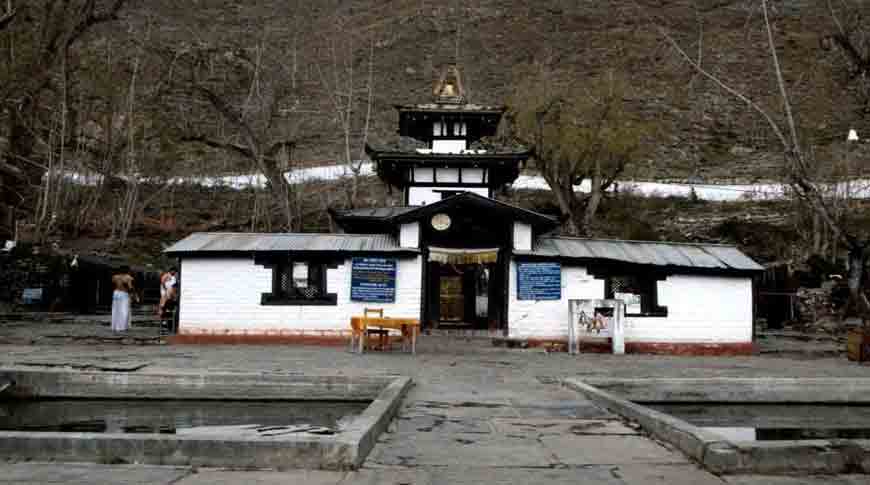 Muktinath Yatra
Muktinath Yatra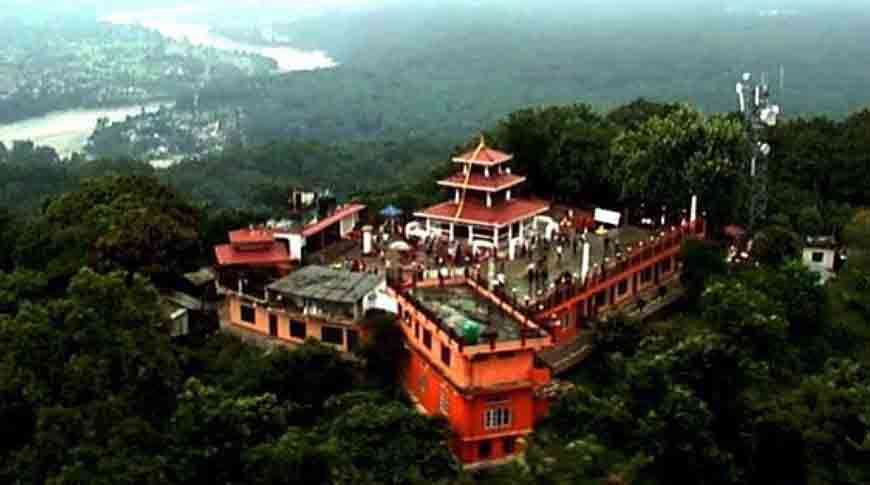 Devghat Ashram
Devghat Ashram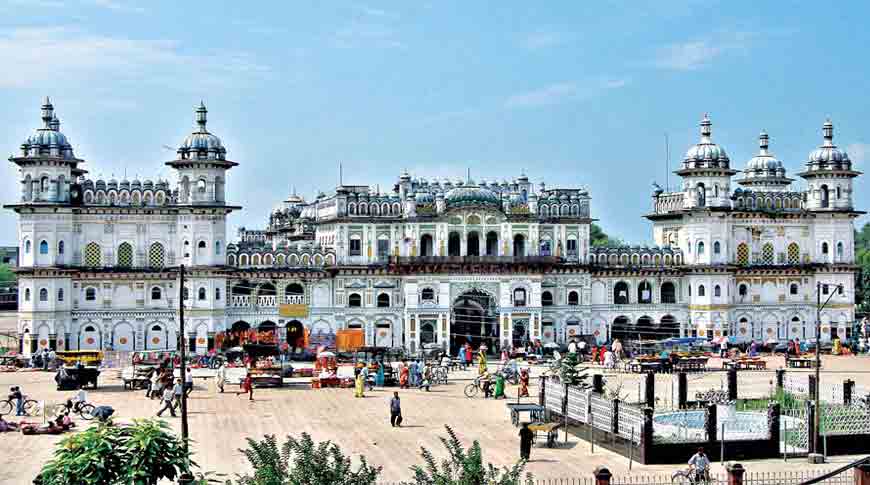 Janakpur Dham
Janakpur Dham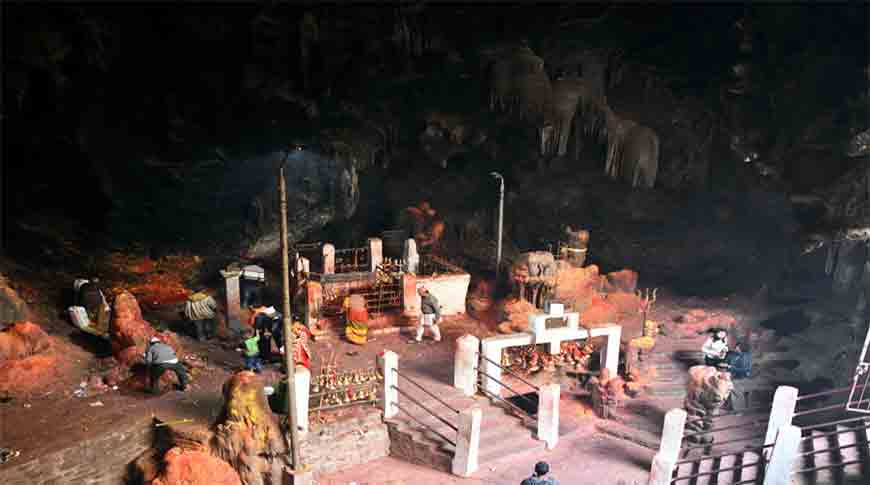 Halesi Mahadev
Halesi Mahadev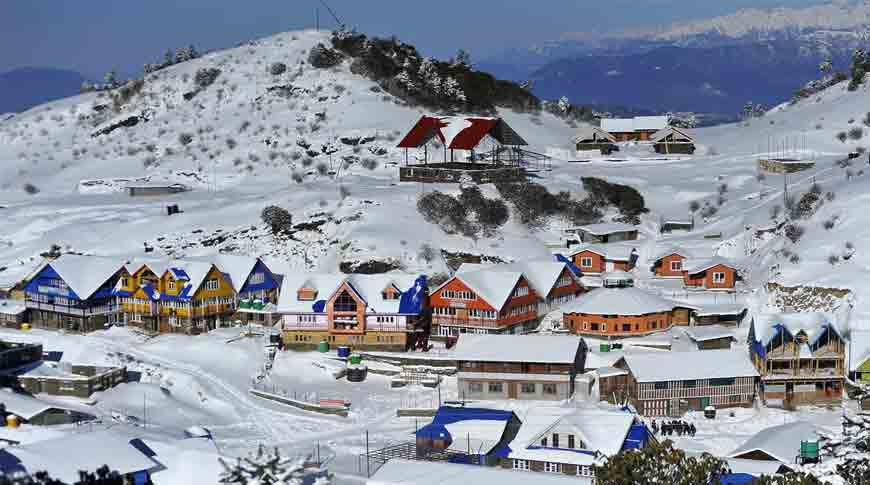 Kalinchowk Darshan
Kalinchowk Darshan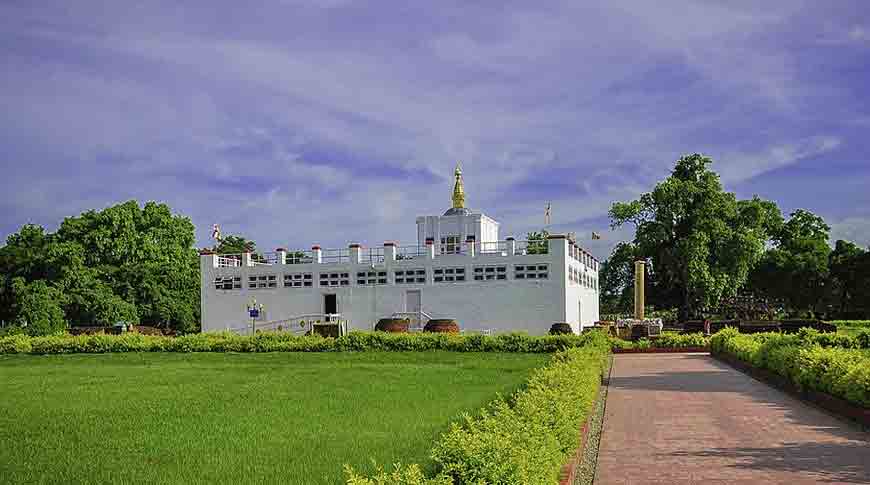 Lumbini Mayadevi
Lumbini Mayadevi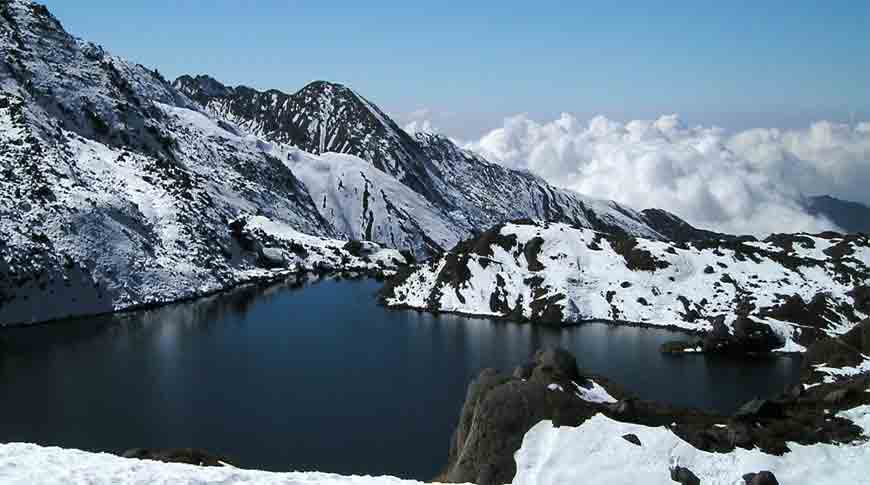 Gosaikund Lake
Gosaikund Lake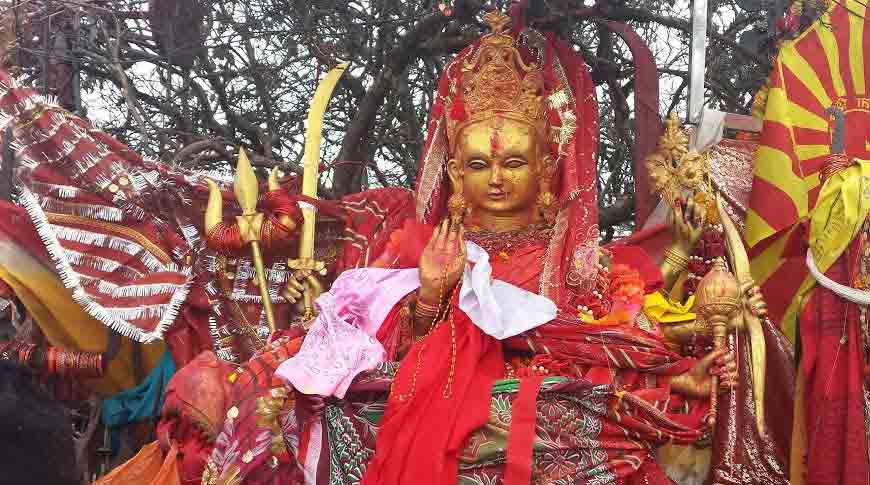 Pathivara Devi
Pathivara Devi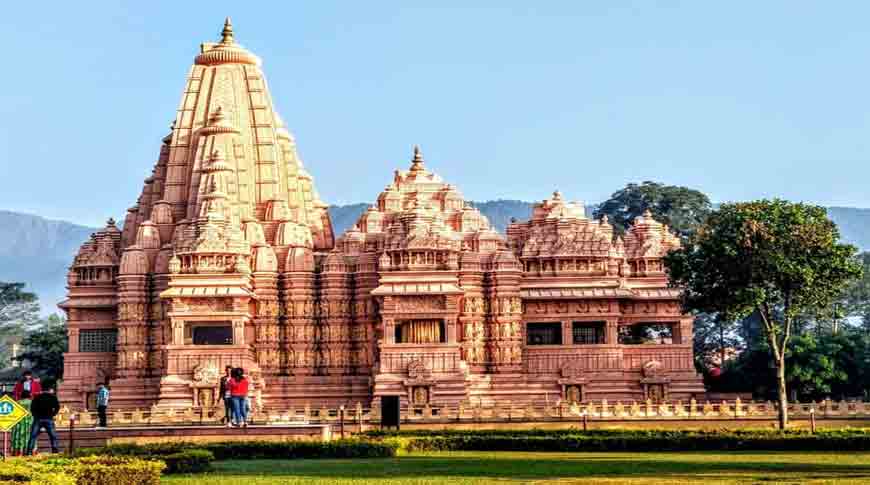 Shashwat Dham
Shashwat Dham